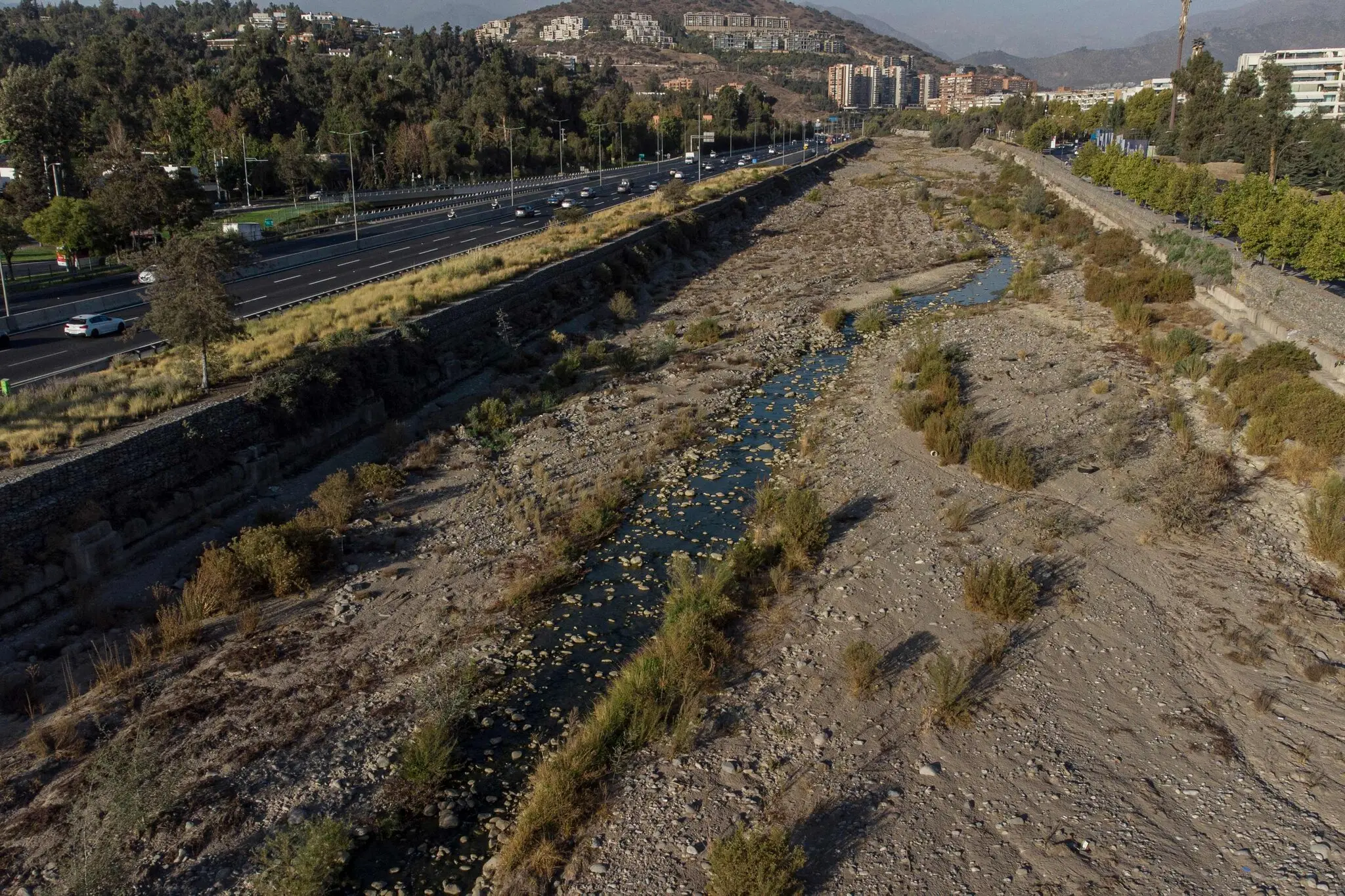City Living, With Less Water
São Paulo. Cape Town. Now Santiago and Los Angeles.
Cities around the world are being forced to live with less water, as global warming melts glaciers, diminishes snow packs and exacerbates decades of water mismanagement. Not just less water for now. Maybe less water forever.
Los Angeles and many of its suburbs will soon restrict outdoor watering to once a week — and if that doesn’t work, ban outdoor watering altogether.
Santiago is putting in place a tiered warning system that could lead to 24-hour-long water cuts by the end of this year.
Both metropolitan areas are amid what scientists call a megadrought. And the people who live there are being called on to face their water realities.
“This is a crisis unlike anything we have ever seen before,” Deven Upadhyay, the chief operating officer of the Metropolitan Water District of Southern California, told reporters this week. “Normal will not work.”
The water district has a little more than half of the water it needs to make it through the rest of the year. California relies on snow and rain at the beginning of the year to satisfy most of its water needs, and this year, the first three months were the driest on record. Next comes a hot, dry summer, made hotter and drier by anthropogenic climate change.
Last week, for the first time in its history, district officials in the Los Angeles area issued an emergency water shortage order. The goal is to reduce consumption by about 35 percent, which is far more than what the water district had to do during the last crippling year of drought in 2015. Upadhyay said if the once-weekly outdoor watering rules aren’t enough to reduce water use, the district could ban all outdoor watering by September. The rule could affect 6 million people in Southern California.
I grew up in Southern California. Drought is not a new reality here. For years, the water district has sought to convince residents to replace their verdant lawns with native plants that can thrive with less water. That has had only a limited effect.
“What we didn’t know was that it was going to come this fast,” Rebecca Kimitch, a spokeswoman for the water district, told my colleague Manuela Andreoni. “We are having to adapt in real time.”
So, too, is Santiago, where I was two weeks ago on the way back from a reporting trip in southern Chile. It’s autumn there. The days are cool, and the leaves are changing colors.
Water demand is low this time of year, Claudio Orrego, the governor of Santiago, told me. But Santiago is in dire straits. By November, temperatures will rise and the city could face a scarcity if there is little snow and rain in the coming months.
“In the 481 years of existence of Santiago as a city, we never considered even the possibility of a shortage of water for human consumption,” Orrego said in an interview last week. “It was never on the table.”
Santiago is in the 13th year of a drought. The two rivers that carry water to the city, the Maipo and Mapocho, hold 65 percent of the water that they should this time of year. Glaciers have receded significantly. Orrego had seen it himself on recent hikes in the mountains that surround Santiago. The city’s water woes, he said, are no temporary blip.
“I think it’s going to be permanent,” he said. “When we run out of water, what are we going to do? How are we going to preserve the little water we have?”
As an emergency measure, Santiago has rolled out a four-tiered warning system that goes from green to red, based on the rivers’ water levels. Water utilities will be able to restrict water pressure and then cut water for up to 24 hours in different parts of the city. The governor has to make some tough political decisions soon. Agriculture and industry account for the majority of water use in and around the city, and forcing them to cut back could be difficult.
In the longer term, he said, Santiago will have to change how it uses water. It reuses only a fraction of its wastewater. Its system of tariffs isn’t encouraging people to reduce their water consumption. People wash their cars with an open hose, the governor fumed.
“It worries me that there’s zero consciousness of scarcity of water in Santiago,” he said. “We use the water as if we had it in abundance.”
In March, in an effort to change that, the governor released a video in which he rapped about water. “Cuida el agua,” the refrain went. “Take care of the water.”
It was not a musical hit, he admitted.
Medio: The New York Times
